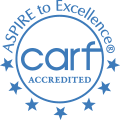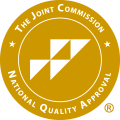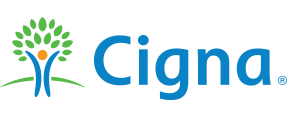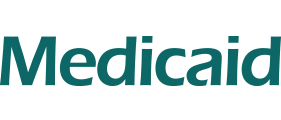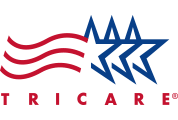The most effective way to overcome an addiction to drugs or alcohol is to receive comprehensive professional treatment. Addiction Recovery Choice works with a large network of addiction treatment centers across the country that offer programs specifically for heroin addiction.
History of Heroin Use & Abuse
The use of heroin, an extremely addictive drug, has become a serious problem in America. According to the National Institute on Drug Abuse, recent studies suggest a shift from injecting heroin to snorting or smoking because of increased purity and the misconception that these forms are safer.
Heroin is processed from morphine, a naturally occurring substance extracted from the seedpod of the Asian poppy plant. Heroin usually appears as a white or brown powder. Street names for heroin include “smack,” “H,” “skag,” and “junk.” Other names may refer to types of heroin produced in a specific geographical area, such as “Mexican black tar.”
And even though heroin abuse has trended downward during the past couple of years, its prevalence today is still higher than in the early 1990s. According to a recent National Household Survey on Drug Abuse, which may actually underestimate illicit heroin use, an estimated 2.4 million Americans had used heroin at some time in their lives. Heroin is, in fact, often cited as the primary drug of choice in drug abuse treatment admissions throughout the U.S.
This widespread abuse of heroin, even in school-age youth, combined with its glamorization in music and films, its increased purity and decreased prices, points out how important it is to understand this drug – and the destruction it brings.
What Are The Long-Term Effects Of Heroin Use?
One of the most detrimental long-term effects of heroin is addiction itself.
Addiction is a chronic, relapsing disease, characterized by compulsive drug seeking and use, and by neurochemical and molecular changes in the brain. Heroin also produces profound degrees of tolerance and physical dependence, which are also powerful motivating factors for compulsive use and abuse. As with abusers of any addictive drug, heroin abusers gradually spend more and more time and energy obtaining and using the drug. Once they are addicted, the heroin abusers’ primary purpose in life becomes seeking and using drugs. The drugs literally change their brains.
Physical dependence develops with higher doses of the drug. With physical dependence, the body adapts to the presence of the drug and withdrawal symptoms occur if use is reduced abruptly. Withdrawal may occur within a few hours after the last time the drug is taken. Symptoms of withdrawal include restlessness, muscle and bone pain, insomnia, diarrhea, vomiting, cold flashes with goose bumps (“cold turkey”), and leg movements. Major withdrawal symptoms peak between 24 and 48 hours after the last dose of heroin and subside after about a week. However, some people have shown persistent withdrawal signs for many months. Heroin withdrawal is never fatal to otherwise healthy adults, but it can cause death to the fetus of a pregnant addict.
At some point during continuous heroin use, a person can become addicted to the drug. Sometimes addicted individuals will endure many of the withdrawal symptoms to reduce their tolerance for the drug so that they can again experience the rush.
Physical dependence and the emergence of withdrawal symptoms were once believed to be the key features of heroin addiction. We now know this may not be the case entirely, since craving and relapse can occur weeks and months after withdrawal symptoms are long gone. We also know that patients with chronic pain who need opiates to function (sometimes over extended periods) have few if any problems leaving opiates after their pain is resolved by other means. This may be because the patient in pain is simply seeking relief of pain and not the rush sought by the addict.
